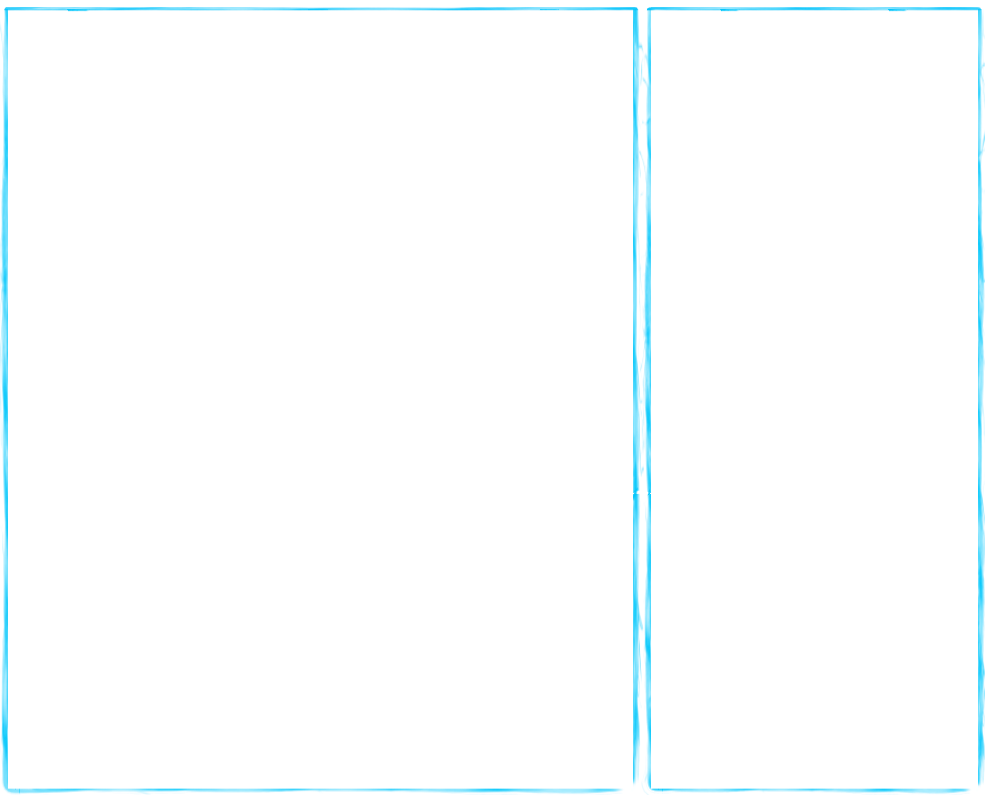

All Math Content
Similar Content
Comparing & Ordering Decimals Lesson
Decimal-Fraction Conversions Lesson
Simplifying Fractions Lesson
Adding/Subtracting Like Fractions
Comparing & Ordering Decimals Quiz
Decimal-Fraction Conversions Quiz
Vocabulary mouseover for definition
Decimal
Another way to express a fractional part using powers of ten Decimal Places
Digits to the right of the decimal point Decimal Point
Symbol that separates the whole number from the fractional part Tenths
The first place right of the decimal point Hundredths
The second place right of the decimal point Thousandths
The third place right of the decimal point <
Less than >
Greater than =
Equal to Terminating Decimal
a decimal value that ends or terminates
example: 0.5, 3.44, 0.78 Repeating Decimal
a decimal value that repeats and continues on to infinity
example:
0.33 = 0.333333 continues on
0.4747=0.47474747 continues on Equivalent Fractions
Value of the fractions are the same Numerator
Top number in a fraction Denominator
Bottom number in a fraction Common Denominator
Denominators that are the same number Uncommon Denominator
Denominators that are not the same number Simplify Change fraction to its lowest terms Greatest Common Factor
The largest number that will divide into 2 or more numbers evenly Least Common Multiple
The smallest number that 2 or more numbers can be divided into evenly Convert
To change Improper Fraction
a fraction where the numerator is greater than the denominator Proper Fraction
a fraction where the numerator is less than the denominator Mixed Number
contains an integer, generally a whole number and a fractional part The Big One
The Big One: a fraction = to one whole, where the numerator and denominator are the same. Ex: 4/4, 5/5, 8/8.
Similar Content
Comparing & Ordering Decimals Lesson
Decimal-Fraction Conversions Lesson
Simplifying Fractions Lesson
Adding/Subtracting Like Fractions
Comparing & Ordering Decimals Quiz
Decimal-Fraction Conversions Quiz
Vocabulary mouseover for definition
Decimal
Another way to express a fractional part using powers of ten Decimal Places
Digits to the right of the decimal point Decimal Point
Symbol that separates the whole number from the fractional part Tenths
The first place right of the decimal point Hundredths
The second place right of the decimal point Thousandths
The third place right of the decimal point <
Less than >
Greater than =
Equal to Terminating Decimal
a decimal value that ends or terminates
example: 0.5, 3.44, 0.78 Repeating Decimal
a decimal value that repeats and continues on to infinity
example:
0.33 = 0.333333 continues on
0.4747=0.47474747 continues on Equivalent Fractions
Value of the fractions are the same Numerator
Top number in a fraction Denominator
Bottom number in a fraction Common Denominator
Denominators that are the same number Uncommon Denominator
Denominators that are not the same number Simplify Change fraction to its lowest terms Greatest Common Factor
The largest number that will divide into 2 or more numbers evenly Least Common Multiple
The smallest number that 2 or more numbers can be divided into evenly Convert
To change Improper Fraction
a fraction where the numerator is greater than the denominator Proper Fraction
a fraction where the numerator is less than the denominator Mixed Number
contains an integer, generally a whole number and a fractional part The Big One
The Big One: a fraction = to one whole, where the numerator and denominator are the same. Ex: 4/4, 5/5, 8/8.
DECIMALS
IntroductionWhen in the world would I ever need to use decimals? You use decimals everyday. We have 10 fingers and decimals are based on powers of 10. There are many reasons that we may need to deal with decimals to accommodate us in this life. Whether we multiply or divide them, add them or subtract them, and/or just plain convert them, we can't get away from them.
Money is a big reason, measurement is another, if we convert fractions to decimals sometimes we can solve problems more easily, and of course, working out math problems are just a few of the activities that require us to have a knowledge of working with these numbers. BUT HAVE NO FEAR! Decimals are just numbers that have a decimal point in them.